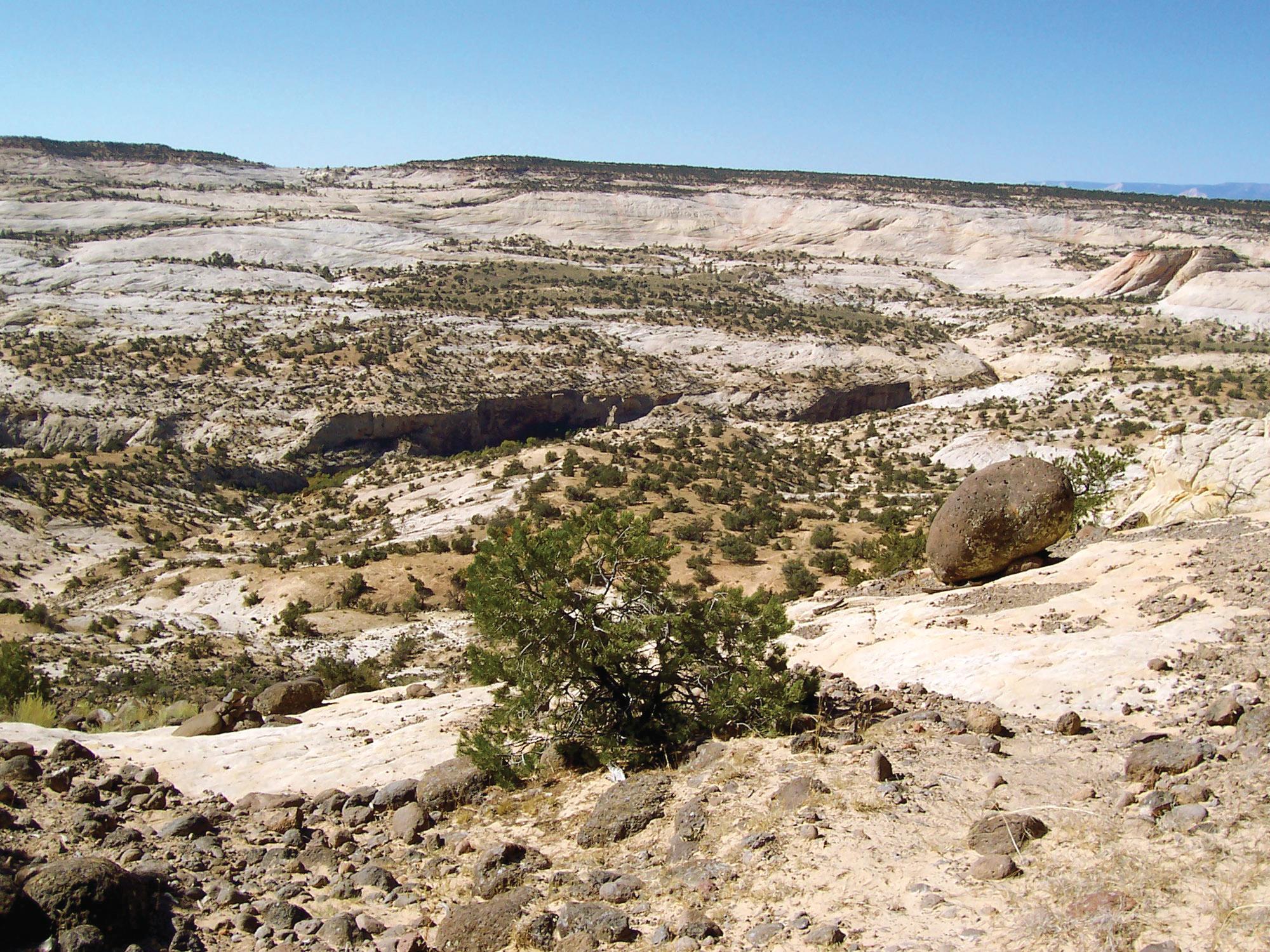Utah congressman pushes national parks bill
A bill introduced by Utah Rep. Rob Bishop limiting the president’s power of authorizing any new national park or monument without having an environmental review done first is under consideration in Congress.
The review would follow guidelines set by the National Environmental Policy Act, a bill passed in 1969 that requires any federal act involving to the environment follow a strict set of policies before it can move forward. Bishop’s bill would also limit the creation of a park or monument in a state to one every four years unless there is a strict act by Congress.
In a statement, Bishop said the passage of the bill would allow parks and monuments to be created with public input.
“The American people deserve the opportunity to participate in land-use decisions regardless if they (were) made by Congress or the president,” Bishop said.
There are 47 state parks within Utah under the control of the Utah Department of Natural Resources and the U.S. National Park Service. About 90 percent of all national park lands are also owned by the federal government. Jon Jarvis, director of the National Park Service, said it is usually this way with most parks, especially in the West.
“National parks are a crown jewel of the country, so they must be preserved by the right people,” Jarvis said in a statement.
There are steps taken before the president can authorize any national park or monument. According to the National Park Service website, in order for a park or monument to be created, there are guidelines an area must follow. First, the area must be either naturally or historically significant. Then the NPS sends people out to the specified area to find out the significance of that area’s resource. If that gets approved, boundaries are then set to the area before being sent off to Congress for approval.
The process used means it could be up to a year or more before a new land area gets NPS and congressional approval. James Doyle, chief of communications for the Intermountain office of the NPS, said the NPS takes a lot time to ensure an area meets the criteria.
“With us being in charge of 91 parks and monuments in eight states, it’s important that we coordinate with the right people during the process so we get it right,” Doyle said.
Since the bill was introduced to Congress in April 2013, titled House Resolution 1459, it has been met with some criticism. Currently, the president can authorize any national park or monument without any lengthy review. Opponents say since Congress can be slow at passing any land act bill, the president’s authorization is necessary.
An example of criticism over a national park or monument is the Grand Staircase-Escalante National Monument in southern Utah. It was designated by former President Bill Clinton in 1996 under the Antiquities Act, which allows the president to restrict public land use by the federal government. Opponents of this authorization brought up the question of whether or not that much land could be protected by the act itself.
With the congressional session now adjourned for the summer, the bill is awaiting approval from the Senate. If it approves the bill, it will head to President Obama’s desk for either his signature or veto.
– connor.comeau@aggiemail.usu.edu
Twitter: @Connor_Comeau

